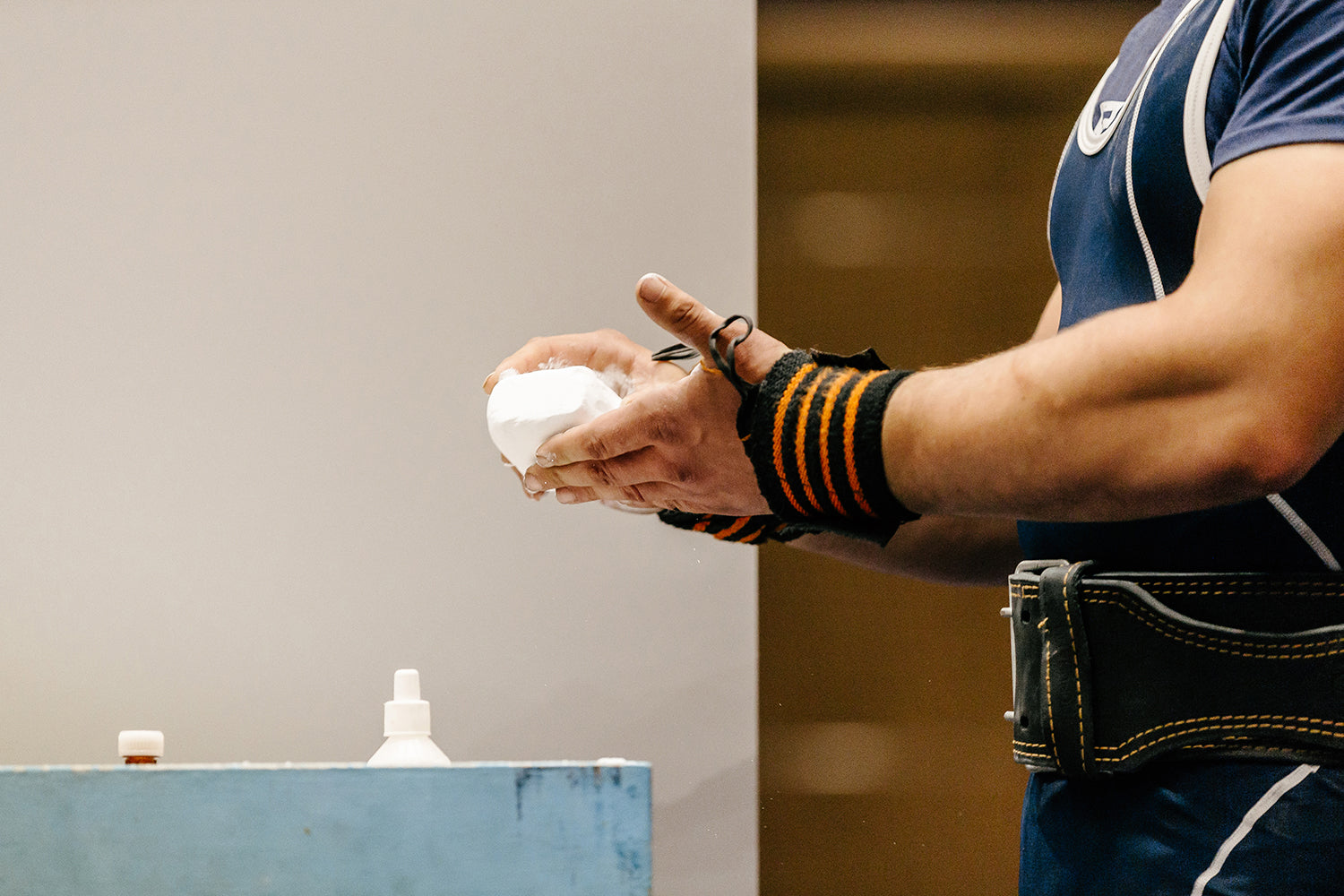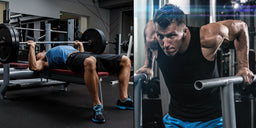
Unconventional Training Vs Powerlifting For Strength
Unconventional Training Vs Powerlifting For Strength
Who’s stronger, a powerlifter or a calisthenics athlete? Let’s find out in the latest instalment in our training blog series.
We’re all about building strength here at Gravity. But with so many training styles dedicated to getting strong, which is the best way to train if strength is your primary goal? Today in the blue corner, our old friend unconventional training, up against a new opponent in the red corner… powerlifting.
What is powerlifting?
Powerlifting is a competitive strength sport where athletes are judged on the total amount they lift across back squat, bench press, and deadlift. But of course anyone can follow powerlifting-style training to build strength. You might do this by programming bocks of training around squat, bench and deadlift (plus relevant accessory work) and focusing on low rep ranges. Powerlifting training is measured by 1 rep maxes in the three lifts. In this sense, it measures absolute strength.
Comparing the goals of unconventional training and powerlifting
Whilst powerlifting aims to develop maximum strength across three specific lifts, unconventional training helps you develop functional strength. The strength you get from unconventional training can be seen across all planes of movement including push, pull, carry, load and drag.
What sort of strength do you want to build?
Which leads us to the question: what kind of strength do you want to build? If you want to be a seriously strong mofo with the numbers to prove it, powerlifting will tick that box. There’s only one real way to know “how much do you bench?” and that’s to test your 1RM with powerlifting rules.
But if you want to be strong for life, be able to pull your own bodyweight and lift awkward odd objects then unconventional training is for you.
Similarities between powerlifting and unconventional training
Would you be surprised to hear there are some similarities between unconventional training and powerlifting? Both focus on compound, multi-joint movements. Both target the full body. Neither uses small, isolation movements. The key difference lies in the variety of exercises. With powerlifting you’ll naturally focus hard on the competitive lifts of back squat, flat bench press, and deadlift. With unconventional training, you’ll still be squatting, pressing, and hip hinging – but with a lot of different tools.
How to use powerlifting in an all-round training programme
Unless you want to compete as a powerlifter, there’s little to be gained from building an entire training programme around powerlifting. If you’re a fan, why not combine it with unconventional lifting to create a well-rounded approach to strength gains.
The best way to combine powerlifting-style training with unconventional strength work is to strip away all the accessory work and just keep in squats, presses, and deadlifts. Use variations (front squats and box squats, floor presses, sumo and deficit deadlifts) but don’t waste time on isolation work. These big exercises can be your core barbell work, building sheer strength that can be tracked and measured.
Unconventional training can make up the rest of your programming. Working with sandbags, stones, kettlebells and steel maces will build a different kind of strength by moving your body through the transverse plane. And the higher reps will add a valuable conditioning and cardio element.
By combining barbell powerlifting work with unconventional training, you’ll build sheer strength and power, plus functional strength through your core. And if you ever want to try your hand at a powerlifting meet, you’ll have an amazing base to build on. Talk about being a bullet-proof athlete!
































